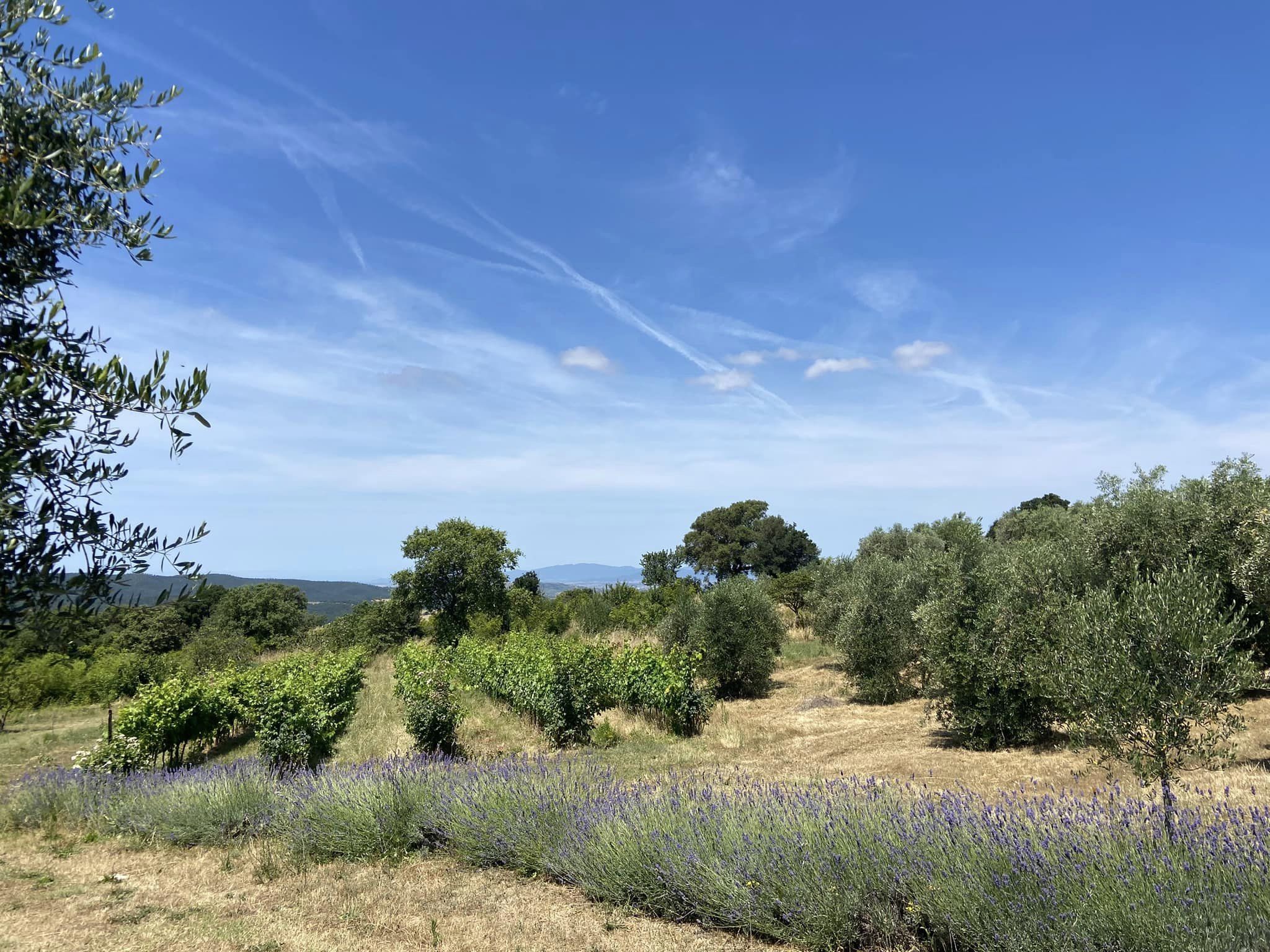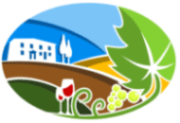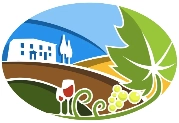
Time spent in Maremma, get back to nature

Spend time in Maremma
Time spent in Maremma takes you back to nature, it’s full of wildlife and incredible views over the vineyards and olive groves towards the unspoiled beaches, and for those who appreciate great km0 organic food created with passion, it’s time to visit or get back to Maremma
#maremma #tuscany #italianholiday #vacationitaly #agriturismo #organicfarming #tenutalemandorlaie
Maremma is a geographical and cultural region in Italy, predominantly situated in the southwestern part of Tuscany and extending into northern Lazio. Known for its rich history, diverse landscapes, and unique cultural heritage, Maremma has evolved significantly over the centuries, blending its ancient Etruscan roots with medieval development and modern innovations.
Geographical and Natural Features
Landscape
Maremma is characterized by its varied landscape, which includes rolling hills, dense forests, marshlands, and a stunning coastline along the Tyrrhenian Sea. Historically, much of Maremma was covered by marshes and wetlands, making it a challenging environment for settlement and agriculture. Over the centuries, extensive drainage projects transformed these marshlands into fertile agricultural land.
Climate
The region enjoys a Mediterranean climate, with hot, dry summers and mild, wet winters. This climate, coupled with the diverse terrain, supports a rich variety of flora and fauna, making Maremma an important area for biodiversity.
Natural Parks and Reserves
One of the most significant natural reserves in the region is the Parco Naturale della Maremma, also known as the Maremma Regional Park. This protected area encompasses coastal dunes, pine forests, and wetlands, providing a sanctuary for wildlife such as wild boar, deer, and numerous bird species. The park also preserves important archaeological sites and traditional rural landscapes.
Historical Background
Ancient Times
Maremma has a long history dating back to the Etruscan civilization, which flourished in the region from the 8th to the 3rd century BCE. Etruscan settlements such as Vetulonia and Roselle were prominent centers of culture and trade. The Etruscans were known for their advanced engineering, metalworking, and agricultural techniques, many of which were later adopted by the Romans.
Roman Era
During the Roman period, Maremma continued to be an important area for agriculture and trade. The Romans further developed the infrastructure, building roads and aqueducts that facilitated the movement of goods and people. However, the decline of the Roman Empire saw the region fall into neglect, with many areas reverting to marshland due to a lack of maintenance of drainage systems.
Medieval Period
In the medieval era, Maremma was a contested territory, with various noble families and city-states vying for control. The region was known for its fortified hill towns, such as Massa Marittima, which became important centers of commerce and governance. The harsh living conditions and the prevalence of malaria in the marshlands made life difficult for many inhabitants.
Renaissance and Modern Era
The Renaissance brought renewed interest in Maremma, with efforts to reclaim the land and improve agricultural productivity. Grand Dukes of Tuscany, particularly the Medici family, initiated large-scale drainage projects to convert marshlands into arable land. These efforts were continued into the 18th and 19th centuries, significantly transforming the landscape and economy of the region.
Cultural Heritage
Architecture
Maremma boasts a rich architectural heritage, with remnants of Etruscan, Roman, medieval, and Renaissance structures scattered throughout the region. Notable examples include the medieval Cathedral of San Cerbone in Massa Marittima, the Romanesque church of San Nicola in Capalbio, and the Etruscan ruins of Roselle.
Traditions and Festivals
The cultural traditions of Maremma are deeply rooted in its rural past. Festivals and events often celebrate agricultural cycles, local saints, and historical events. The “Butteri,” traditional Maremman cowboys, are an iconic symbol of the region, known for their horsemanship and cattle herding skills. They are celebrated during events such as the Palio dei Ciuchi, a donkey race held in various towns.
Cuisine
Maremman cuisine reflects the agricultural heritage of the region, emphasizing local ingredients and traditional recipes. Dishes often feature game meat, such as wild boar and hare, as well as seafood from the Tyrrhenian Sea. Popular dishes include “acquacotta,” a vegetable and bread soup, and “tortelli maremmani,” large pasta filled with ricotta and spinach. Olive oil and wine production are also integral to the region’s gastronomy, with Maremma producing some highly regarded wines, such as Morellino di Scansano and Montecucco Sangiovese.
Economy
Agriculture
Agriculture remains a cornerstone of Maremma’s economy, thanks to the successful reclamation of marshlands and the development of modern farming techniques. The region is known for its production of cereals, vegetables, olives, and grapes. Livestock farming, particularly cattle and sheep, is also prominent, with Maremma cattle being a distinctive breed native to the area.
Tourism
In recent decades, tourism has become an increasingly important economic driver for Maremma. Visitors are attracted to the region’s natural beauty, historical sites, and cultural heritage. Agritourism, where visitors stay on working farms and participate in agricultural activities, is particularly popular, offering an immersive experience of rural life in Maremma.
Industry and Crafts
While less industrialized than other parts of Italy, Maremma has a tradition of craftsmanship, particularly in metalworking and ceramics. The town of Grosseto, the largest in the region, serves as an economic and administrative center, supporting local industries and services.
Environmental and Social Challenges
Environmental Preservation
Balancing economic development with environmental preservation is a key challenge for Maremma. The region’s natural parks and reserves play a crucial role in protecting biodiversity and promoting sustainable tourism. Efforts are also being made to combat soil erosion, maintain water quality, and preserve traditional landscapes.
Social and Economic Disparities
Despite its natural and cultural wealth, Maremma faces social and economic disparities, particularly between coastal areas and inland rural communities. Addressing these disparities involves improving infrastructure, healthcare, and education, as well as supporting local businesses and community initiatives.
Climate Change
Climate change poses a significant threat to Maremma, with potential impacts on agriculture, water resources, and coastal ecosystems. Efforts to mitigate and adapt to these changes include sustainable agricultural practices, reforestation projects, and investments in renewable energy.
Maremma is a region of remarkable diversity and resilience, shaped by its unique geography, rich history, and vibrant cultural heritage. From its ancient Etruscan roots to its modern-day challenges and opportunities, Maremma offers a fascinating glimpse into the dynamic interplay between nature, culture, and society. Whether exploring its medieval hill towns, enjoying its culinary delights, or experiencing its natural beauty, visitors to Maremma can immerse themselves in a truly unique and captivating part of Italy.

